How to Choose the Right Block Making Machine: Your Complete Buying Guide
Struggling to find a reliable and efficient block making machine? With countless brands and models flooding the market, selecting equipment that truly fits your production needs, budget, and long-term profitability goals can be overwhelming. This isn’t just a machine purchase—it’s an investment in your future productivity, product quality, and ROI. This guide breaks down the critical factors to help you make a smart, informed decision!
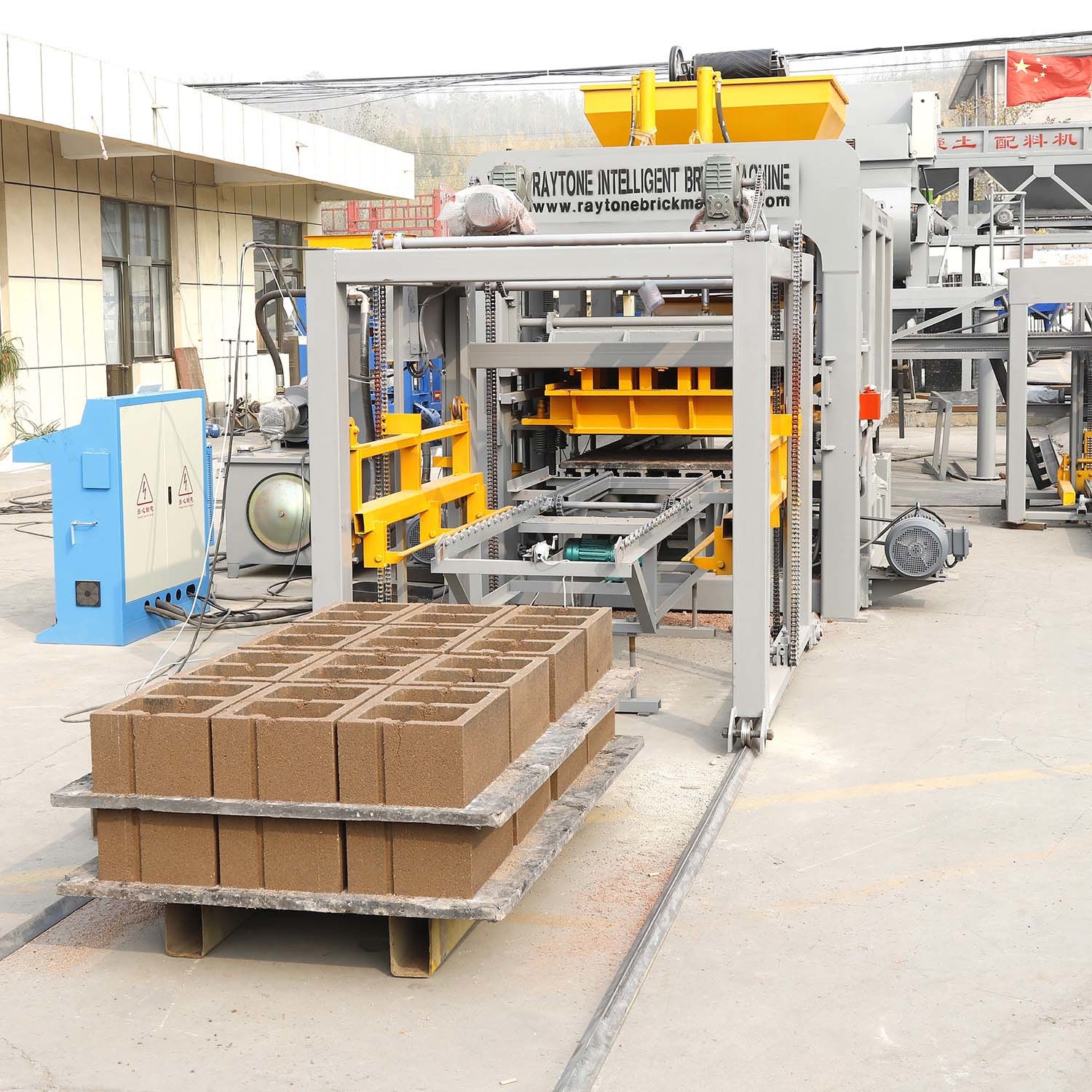
1. Define Your Needs: The Foundation
Core Products:
- What types of blocks will you produce? Standard concrete blocks, hollow blocks, paving stones, curbstones, insulated blocks, or specialty products? Different products demand vastly different machine functions and molds.
- What size range? More sizes/variations require greater machine flexibility and mold investment.
- Production Targets:
- Be Specific: What’s your target daily or annual output? This is key to choosing machine size (small, medium, large) and automation level. Avoid overbuying (leading to idle capacity) or underestimating (causing bottlenecks).
- Hourly Output Reference: Small Machines (Manual/Semi-Auto): 500-1,500 blocks/hour; Medium Machines (Semi-Auto/Auto): 1,500-4,000 blocks/hour; Large Fully Automatic Lines: 4,000+ blocks/hour, potentially exceeding 10,000.
- Raw Materials:
- Primary aggregates? River sand, crushed sand, stone powder, slag, fly ash, recycled construction aggregate? Aggregate hardness, size, gradation, and moisture content directly impact machine wear, forming quality, and mix design.
- Space & Budget:
- Available floor space and layout? Large lines need significant room.
- Total investment budget? Include: machine, molds, auxiliaries (mixer, pallet stacker, conveyor, pallets), foundation, installation, initial spare parts.
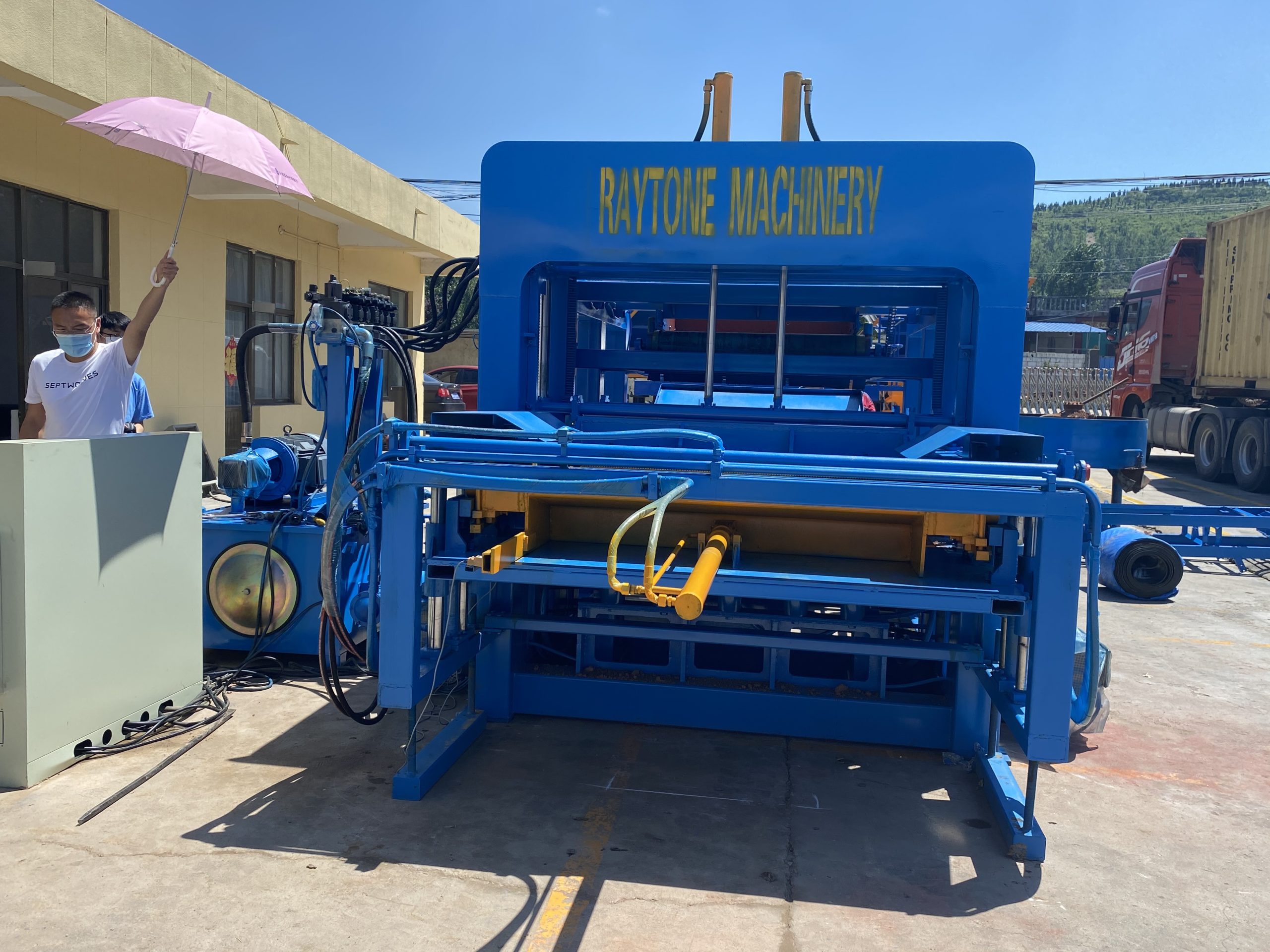
2. Evaluate Machine Types & Technical Specs
- Key Forming Technologies:
- Vibration + Pressure Compaction: Most common and mature. Uses high-frequency vibration to densify the mix combined with hydraulic/mechanical pressure. Suitable for most block types.
- Pure Pressure Compaction: Relies mainly on immense pressure (minimal vibration) for densification. Better for very high-strength/dense products (e.g., solid curbstones) but demands extreme machine rigidity/pressure and higher energy consumption.
- Recommendation: Vibration + Pressure is the proven mainstream choice, offering wide adaptability and excellent value. Prioritize this technology.
- Crucial Machine Parameters:
- Cycle Time: Time (seconds) to complete one cycle (filling, compacting, demolding, ejection). The core efficiency indicator. Shorter cycle = higher output.
- Vibratory Force: Force generated (kN). Insufficient force = poor density, low strength, breakage. Excessive force = machine fatigue, noise. Must match product size/mix.
- Compaction Pressure: Pressure (tons or MPa) applied to the mold. Critical for strength, dimensional accuracy, and surface finish. Directly impacts product quality.
- Mold Size & Number of Cavities: Blocks produced per cycle & mold dimensions (LxWxH). Determines per-cycle output and max product size. More cavities = higher efficiency.
- Automation Level: Drives labor costs and operational complexity.
- Manual: Feeding, pallet handling, block removal by hand. Lowest cost, but inefficient, labor-intensive, inconsistent quality. Only for tiny scale/tight budgets.
- Semi-Automatic: Core forming cycle (vibration, pressure, demolding) is automatic. Feeding/pallet handling/block removal may need assistance. Best value for small/medium yards.
- Fully Automatic: Integrates batching, mixing, conveying, automatic feeding, automatic pallet handling, automatic stacking/pallet return. Highest output, minimal labor, consistent quality. Highest investment. Ideal for medium/large-scale production seeking efficiency and reliability.
- Control System: Modern machines use PLCs (Programmable Logic Controllers). Focus on stability, user-friendly interface, parameter flexibility, and diagnostic capabilities. Advanced systems simplify operation and reduce downtime.
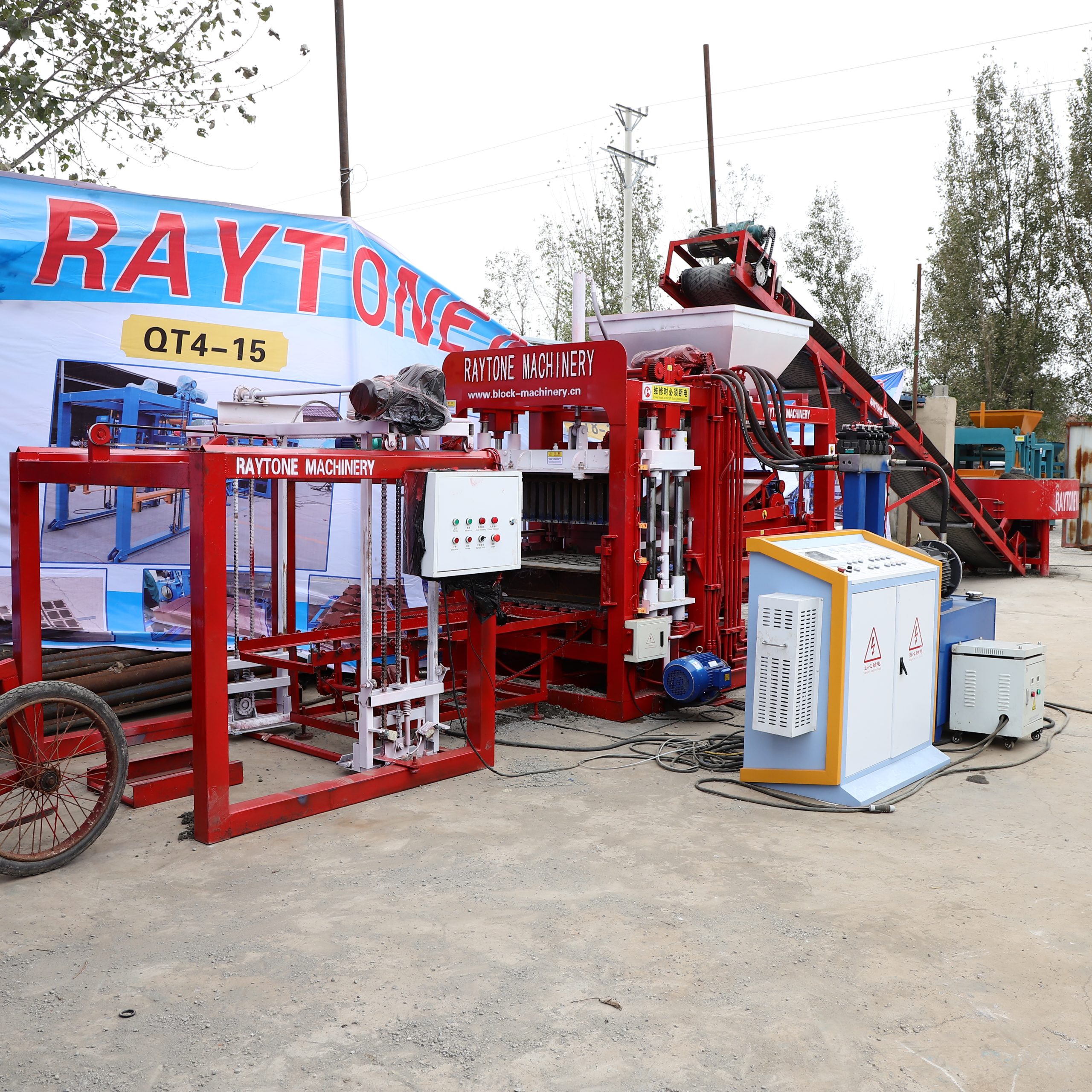
3. Assess Quality: Core Components & Build
- Structural Integrity & Materials:
- Frame: The machine’s “skeleton.” Must have high rigidity, stability, and fatigue resistance. Check steel thickness on main beams/columns and welding quality (full, even welds, no defects). Quality machines use heavy H-beams/box sections with reinforcements.
- Vibration Table: Bears high-frequency stress. Design, steel thickness, welding, and heat treatment are critical. Poor tables crack/warp, reducing force and causing rejects.
- Core System Reliability:
- Vibration System: The “Heart”:
- Vibrators/Motors: Reliable brands? (e.g., OLI Italy, Vibrator Germany). Correct power/force? Secure mounting? Adequate cooling?
- Force Transmission: Robust connection between vibrators and table? Vibration isolation to protect the frame?
- Hydraulic System (if hydraulic): Pressure stability/response affects quality.
- Key Components: Pump, cylinders, valves (directional, pressure) – Brand quality is vital (e.g., Bosch Rexroth, Parker, Yuken, or top domestic brands). Seal durability prevents leaks.
- System Design: Logical circuit design? Cooling capacity? Reservoir cleanliness?
- Mechanical Drive System (if applicable): Gear/bearing/link material, precision, lubrication.
- Vibration System: The “Heart”:
- Molds:
- Material: Must use high-hardness, wear-resistant alloy steel (e.g., Mn13, CrMo) with proper heat treatment (hardening & tempering). Standard steel wears fast, causing dimensional errors and burrs.
- Precision: Cavity dimensions, surface finish, component fit directly impact product tolerances, appearance, and demolding.
- Design: Easy installation/removal/cleaning? Adequate venting? Replaceable wear plates?
- Manufacturing & Assembly:
- Machining Precision: Critical for smooth operation and longevity (e.g., alignment, parallelism).
- Welding Quality: Uniform, strong welds. No porosity, cracks, undercut, slag. Critical welds should be NDT tested.
- Assembly Precision: Proper fit, adjusted clearances, smooth operation. Overall cleanliness reflects factory standards.
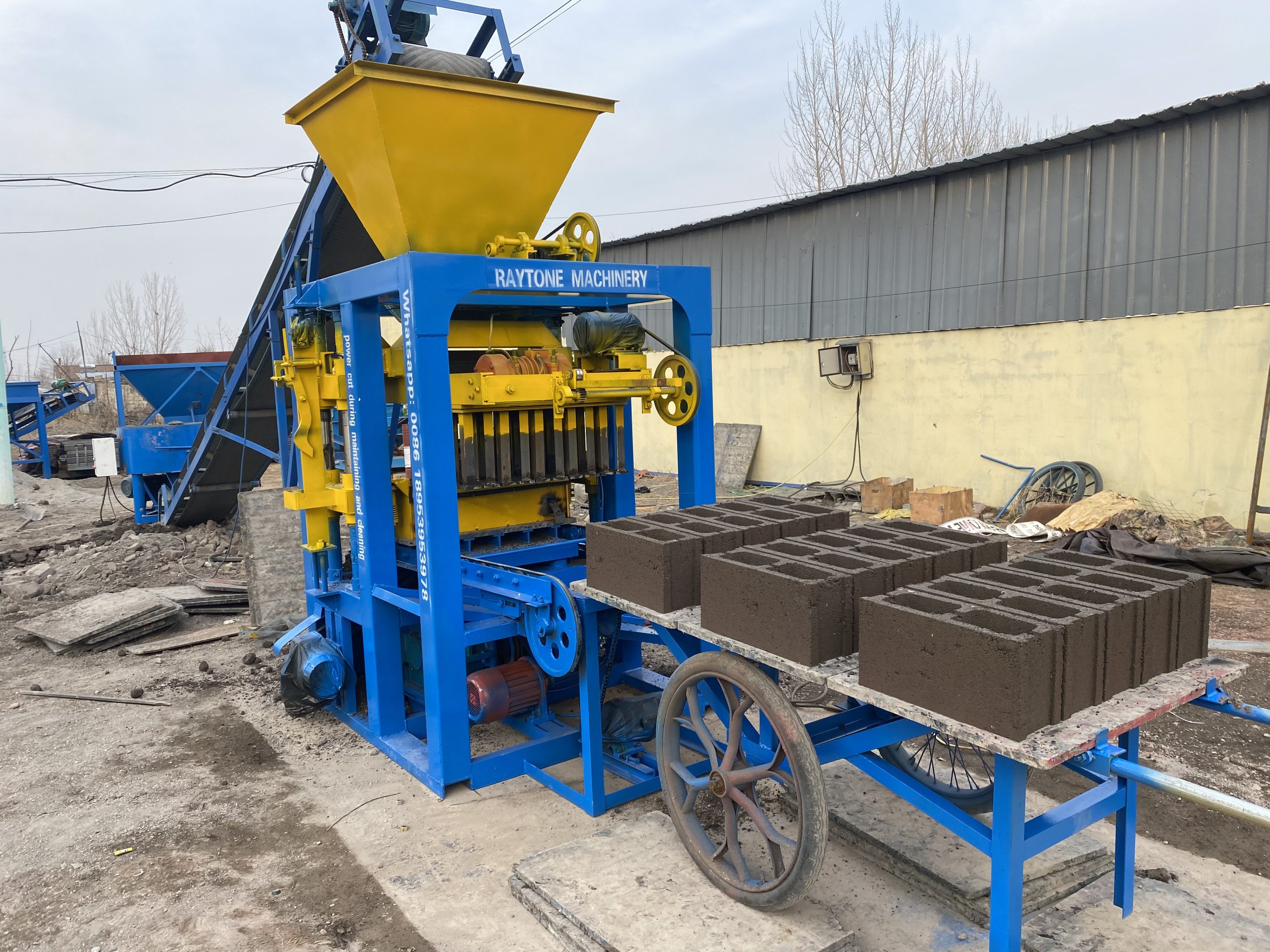
4. Choose the Right Manufacturer: Reputation & Service Matter
- Manufacturer Credentials & Experience:
- History & Focus: Long-standing manufacturers typically have deeper expertise.
- Technical Capability: Dedicated R&D? Core patents? Sound machine design?
- Production Scale & Equipment: Modern facilities? Advanced machining (CNC, large mills, heat treatment)? Ensures precision and consistency.
- Case Studies: Request verifiable references with similar needs (product type, output). Visiting a working customer site is ideal.
- After-Sales Service & Support:
- Service Network: Local engineers or agents? Response time is critical.
- Spare Parts: Availability of common wear parts? Lead times? Transparent pricing?
- Technical Support: Comprehensive training (operation, maintenance)? Mix design guidance? Effective remote/on-site troubleshooting?
- Warranty: Duration for machine & core parts? Clear coverage? Defined claim process?
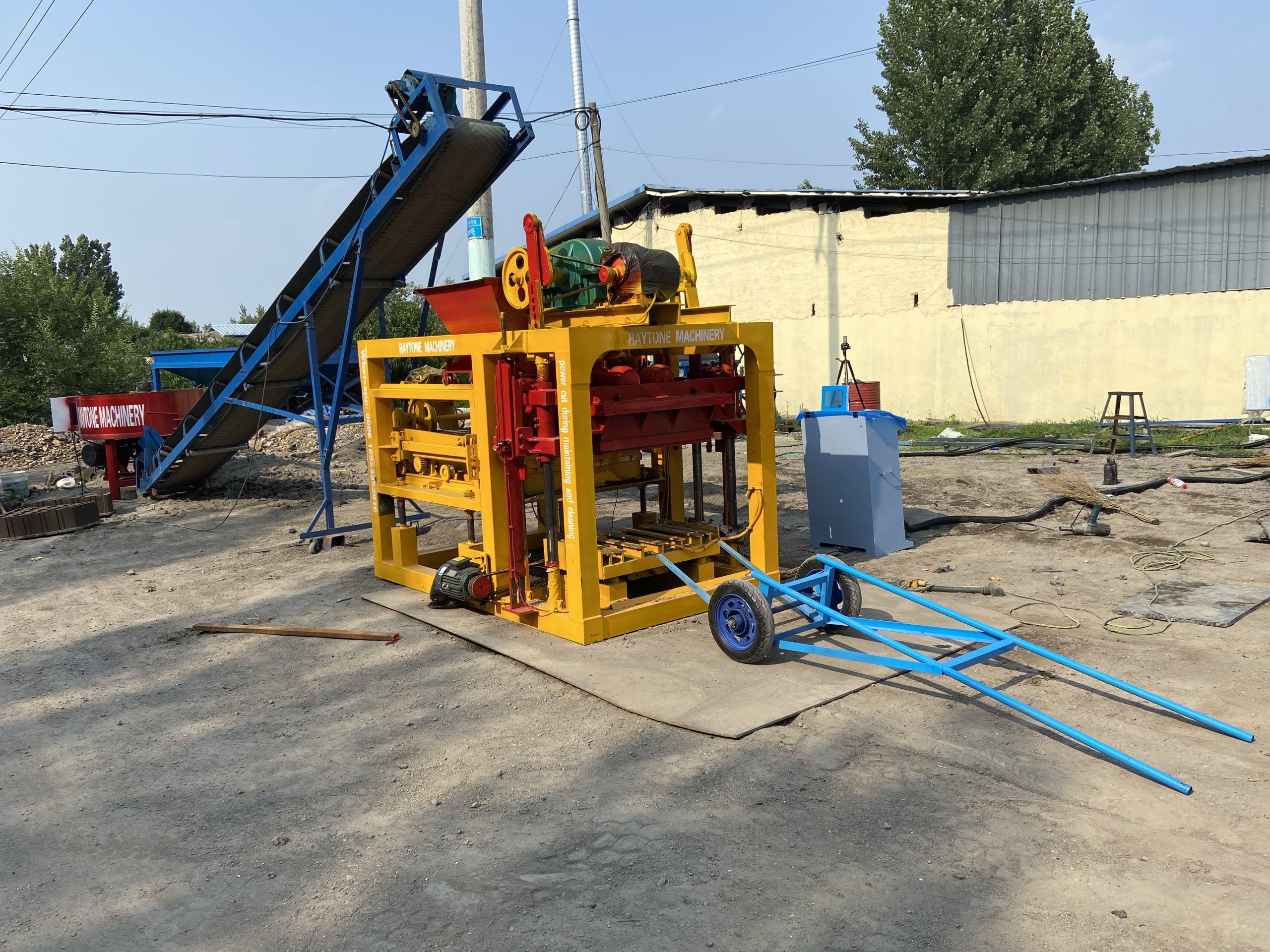
5. See for Yourself: Factory Visit & Test Run
- Visit the Factory: Inspect production standards, material quality, machining, assembly, and QC processes firsthand.
- Witness a Test Run:
- Dry Run: Observe smoothness, noise/vibration levels, coordination of movements.
- Production Test (Crucial): Use your actual raw material mix. Focus on:
- Forming Quality: Blocks dense? Sharp edges? Smooth surface? Easy demolding?
- Green Strength: Strength upon ejection? Meets expectations? (Simple test or request cured strength report).
- Actual Output: Cycle time matches specs?
- Stability: Run continuously; check for overheating, unusual noise, leaks.
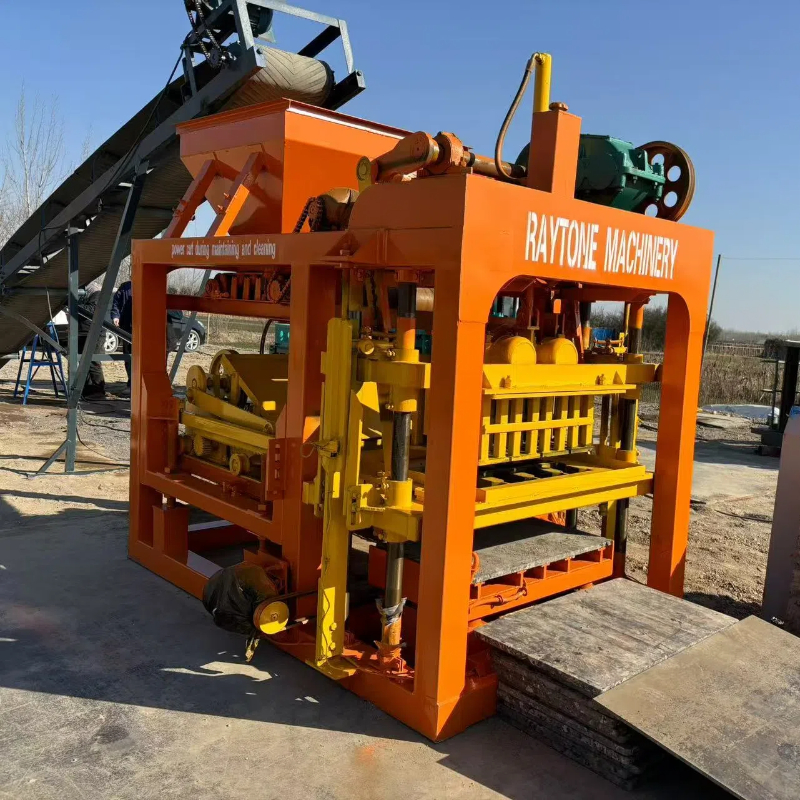
6. Make the Decision: Weighing Value
- Total Cost of Ownership (TCO): Price is important, but never the only factor. Consider quality, efficiency, energy use, wear part life, and service costs. A slightly higher-priced, reliable, efficient machine often delivers far better long-term ROI than a cheap, problematic one.
- Prioritize Service: Machines require maintenance and occasional repairs. Choose a supplier with prompt, expert support to minimize costly downtime. Reliable after-sales is vital for sustained production.
7. Invest Smart: Build Your Success
Choosing the right block making machine is foundational to your investment success. By thoroughly defining your needs, scrutinizing technology and quality, vetting manufacturers, and insisting on demonstrations, you’ll cut through the noise and find the machine that delivers productivity, reliability, and lasting profitability.
Ready to Find Your Ideal Block Machine?
Contact us today for detailed machine specifications, tailored configuration proposals, and customer case studies! Our experts will help you select the most cost-effective solution and provide full support from installation to production training. Contact us to start your efficient block production journey!

Please comtact me on whatsapp:+86 19353985838